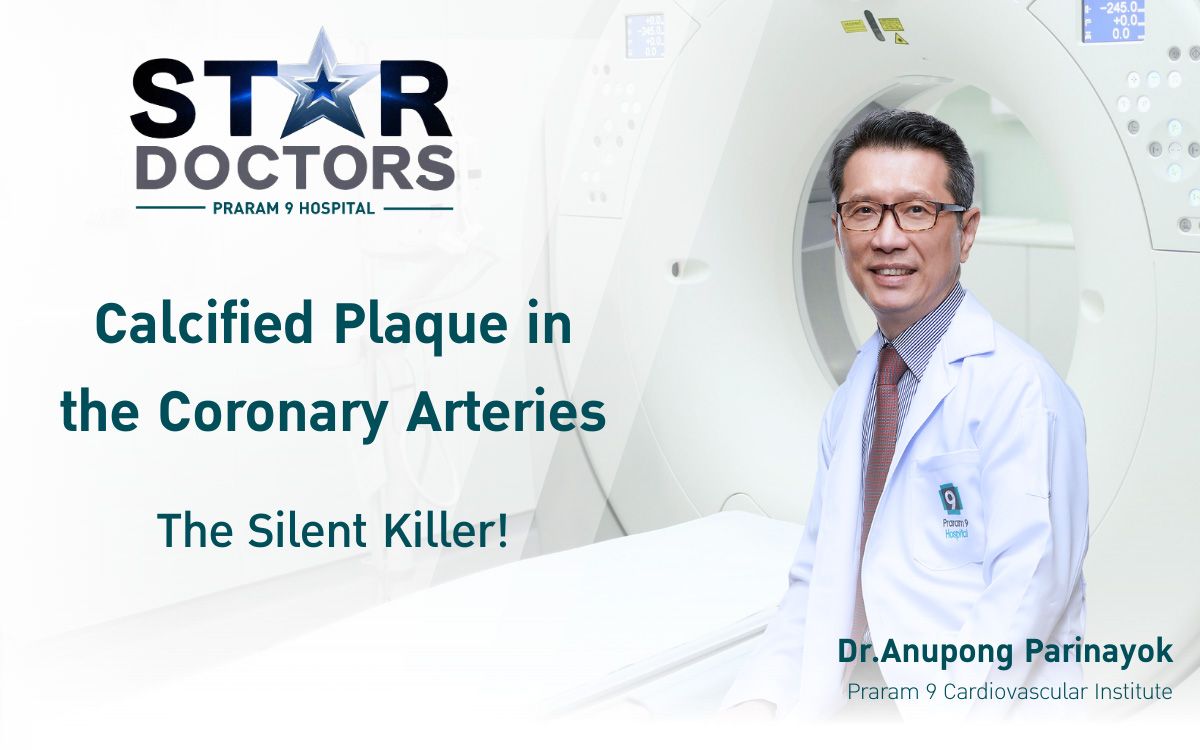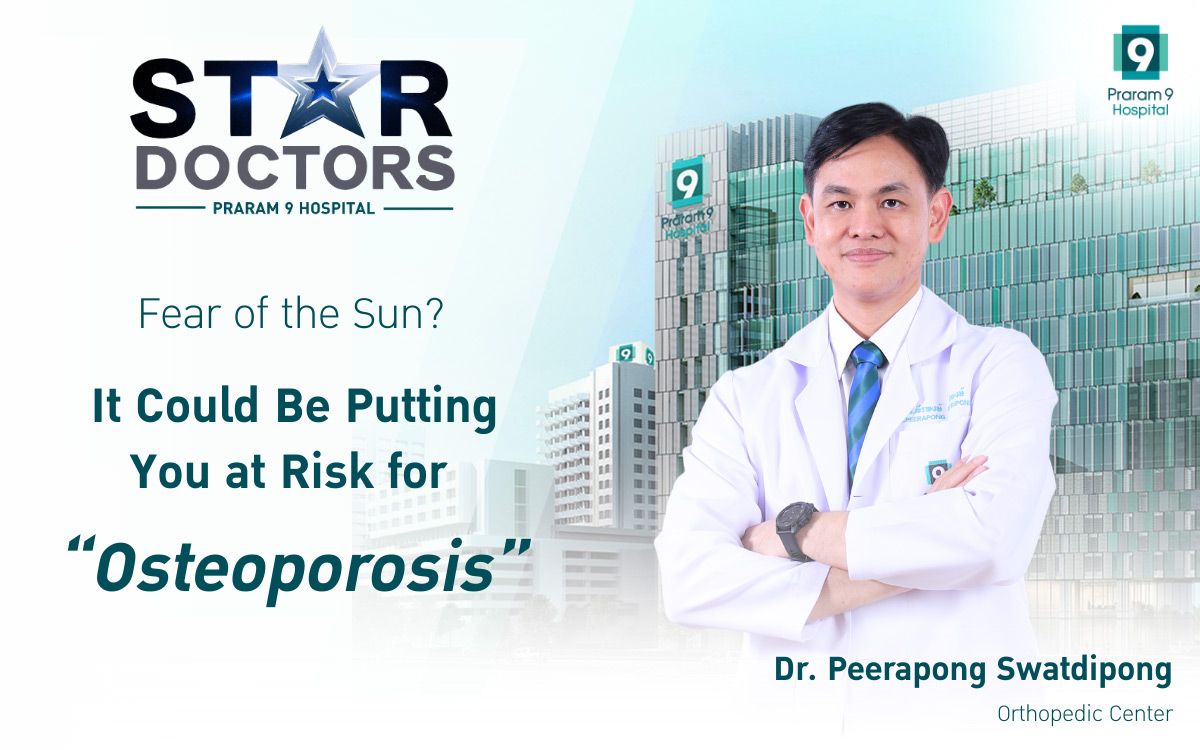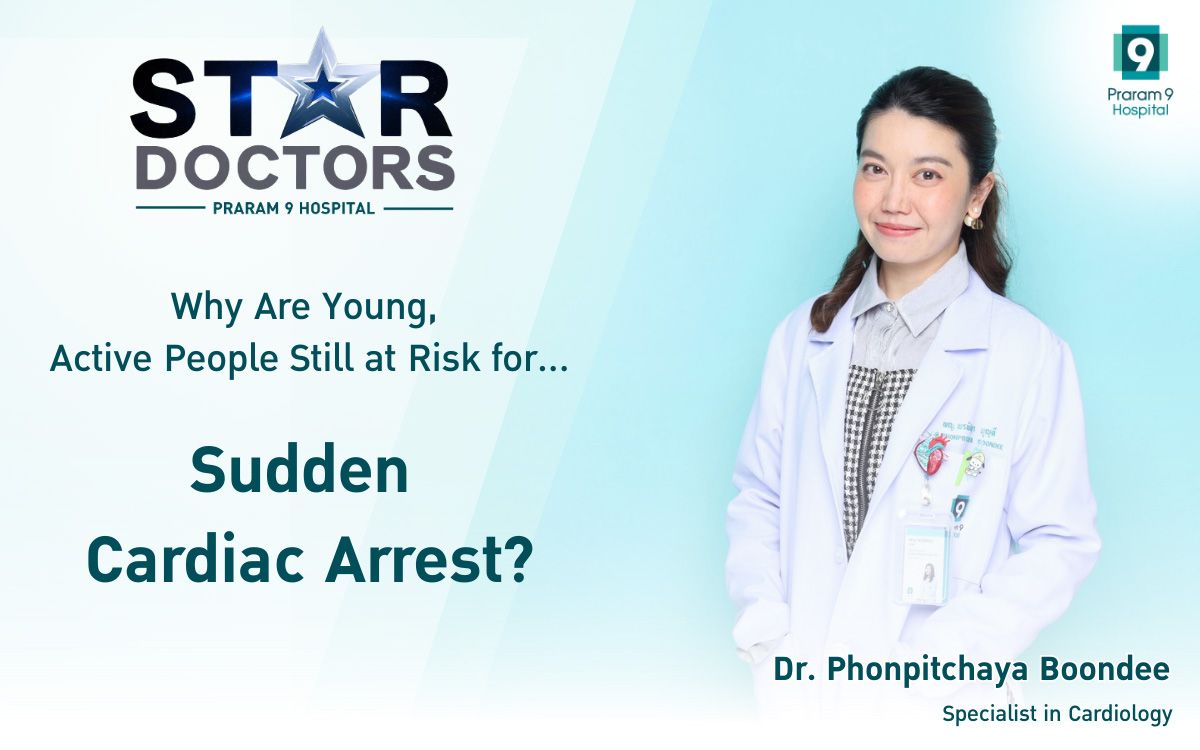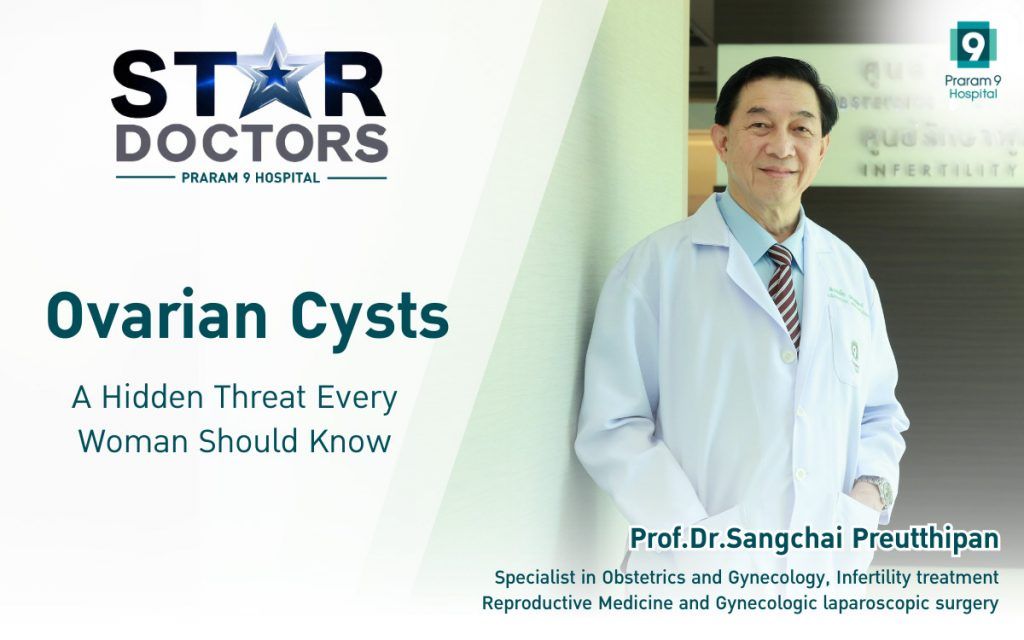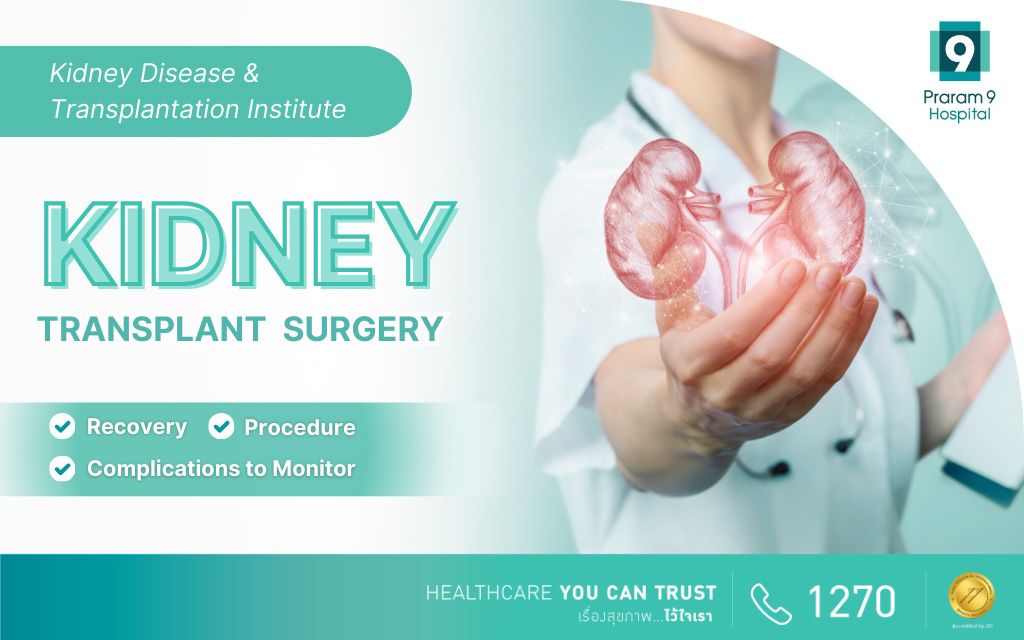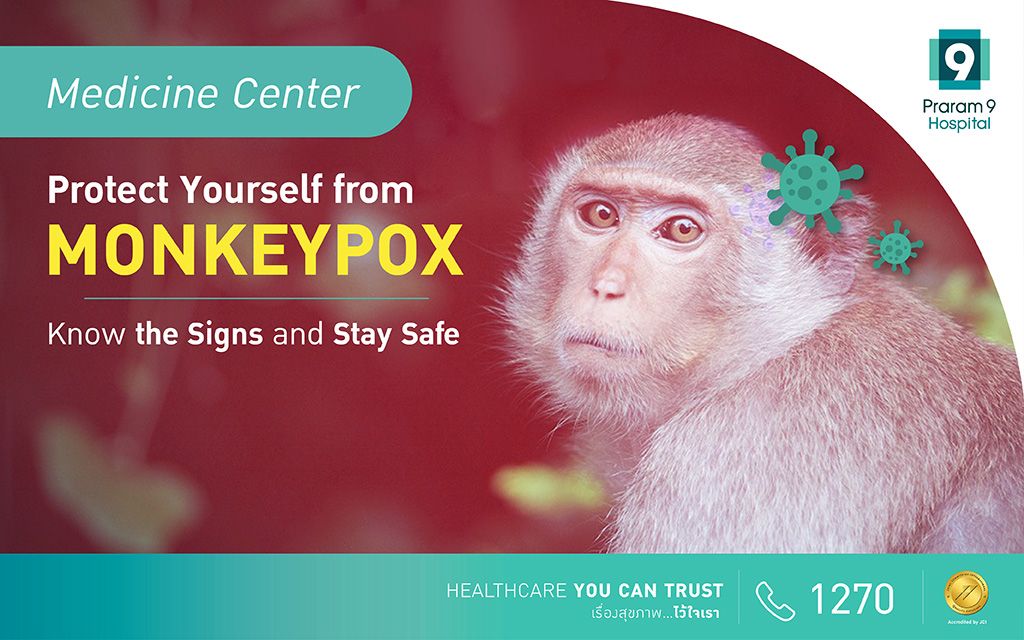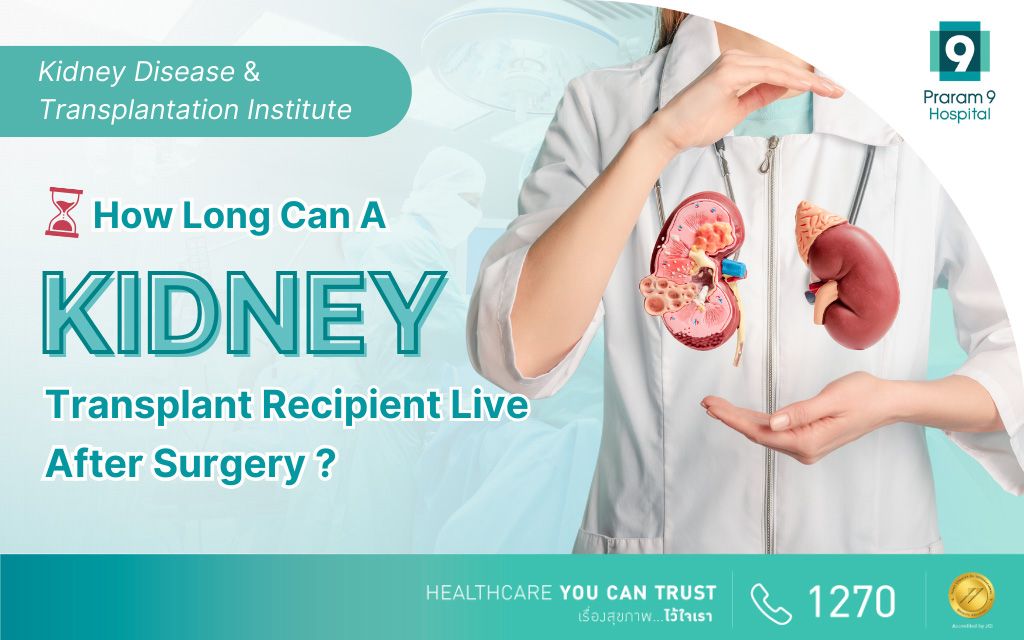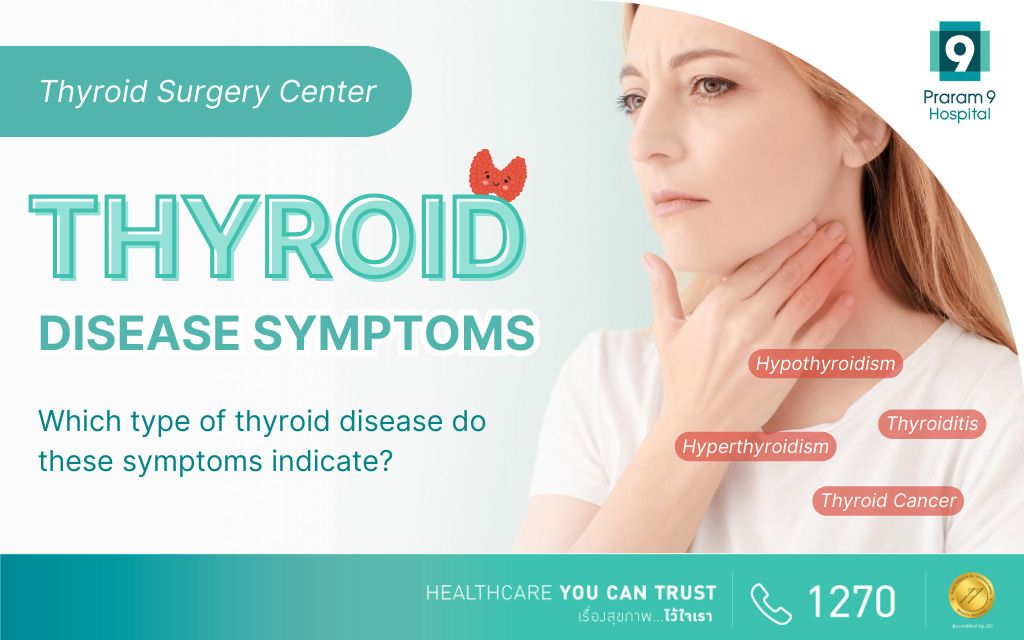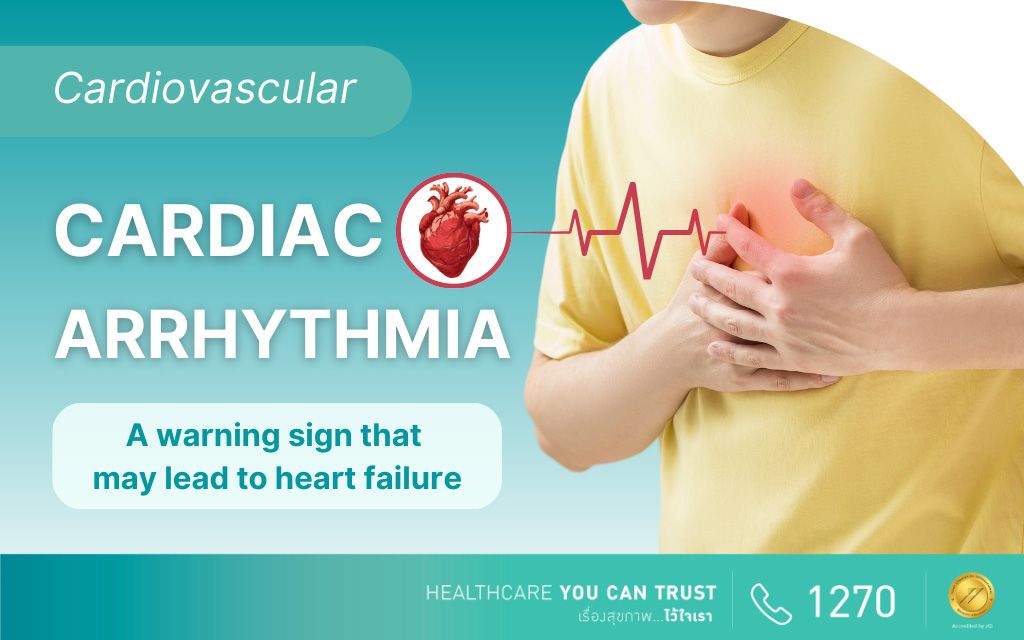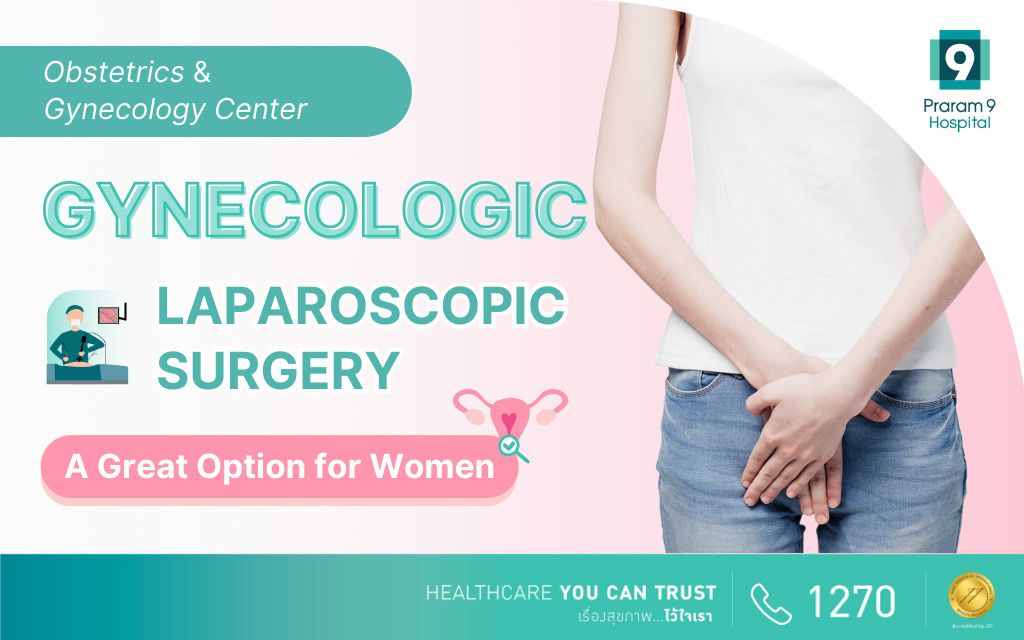Health Articles
Knowledge
Cancer… detected early, treatable, good outcomes
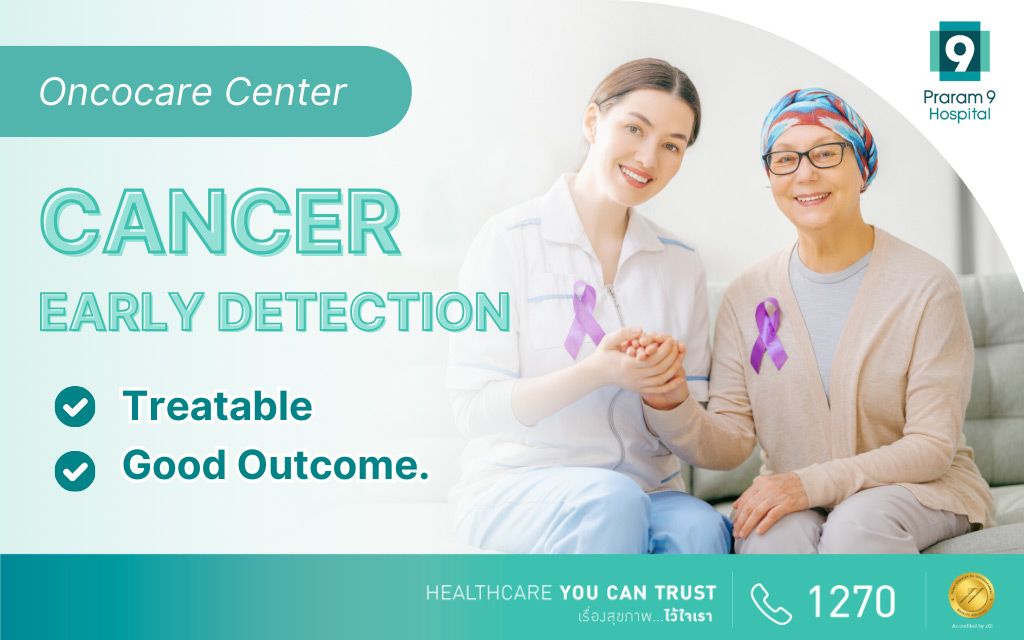
Cancer is a frightening and serious disease, ranking as one of the leading causes of death worldwide. The World Health Organization reported that nearly 10 million people died from cancer globally in 2022. Because cancer often does not show symptoms in its early stages, many patients do not receive timely treatment. This delay allows the cancer to spread, making it more difficult to treat and increasing the risk of death.
Table of contents
- What is Cancer?
- Common Types of Cancer
- Symptoms and Warning Signs of Cancer
- Risk Factors for Cancer
- Cancer Diagnosis
- Cancer Screening
- Cancer Treatment
- Cancer Prevention
- Conclusion
What is Cancer?
Cancer occurs due to abnormalities in the cells of the body. These cells grow and divide more rapidly than normal, making it difficult for the body to eliminate them. As a result, cancer cells clump together to form large tumors, which can press on and invade nearby tissues and organs. If left untreated, cancer cells can spread to other parts of the body through the bloodstream and lymphatic system, causing damage to organs, affecting bodily functions, and potentially leading to death.
Not all tumors are cancerous. Some tumors are benign and do not spread or destroy adjacent tissues. Diagnosing whether a tumor is cancerous requires further examination by a medical specialist.
Common Types of Cancer
Cancer can occur in people of all genders and ages, but it is most commonly found in adults over 50 years old. According to statistics from the World Health Organization, the number of cancer patients in Thailand in 2022, divided by gender, is as follows:
Most Common Cancers in Women
- Breast cancer
- Colorectal cancer
- Liver and bile duct cancer
- Cervical cancer
- Lung cancer
Most Common Cancers in Men
- Liver and bile duct cancer
- Lung cancer
- Colorectal cancer
- Prostate cancer
- Lymphoma
Symptoms and Warning Signs of Cancer
Cancer can occur in people of all genders and ages, but it is most commonly found in adults over 50 years old. According to statistics from the World Health Organization, the number of cancer patients in Thailand in 2022, divided by gender, is as follows:
- Fever
- Unusual bleeding in various organs, such as blood in urine, vomiting blood, blood in stool, mucus or mucus with blood, abnormal vaginal bleeding, irregular menstrual periods, postmenopausal bleeding, or bleeding after intercourse. Easy bruising, hematomas, or red spots on the skin.
- Pain in various organs, such as severe, chronic back pain or headaches.
- Chronic bloating, stomach pain, indigestion, persistent abdominal discomfort, or alternating constipation and diarrhea.
- Significant unexplained weight loss.
- Frequent urination, painful urination, or urinary incontinence without a known cause.
- Weakness in the arms and/or legs, seizures without a history of other conditions causing seizures.
- Difficulty swallowing, hoarseness, or chronic cough.
- Slow-healing or non-healing wounds.
- Changes in moles or warts on the body, lumps, or bumps on the body.
Risk Factors for Cancer
Cancer arises from various factors, both environmental and internal to the body.
External Factors
These are factors that we can avoid or reduce the risk of exposure:
- Chemicals:
- Chemicals in food: such as aflatoxins from mold in dried food, food coloring, preservatives
- Cigarette smoke and vehicle exhaust
- Alcoholic beverages
- Chemicals from processed meats: such as sausages, ham, bacon
- Industrial chemicals
- Radiation:
- Sunlight radiation
- X-ray radiation
- Radiation from radioactive materials
- Chronic Infections:
- Hepatitis B and C viruses
- Helicobacter pylori bacteria (H.pylori) , which causes stomach ulcers
- Epstein-Barr virus
- Human Papillomavirus (HPV), which causes cervical cancer
- Liver flukes, which cause liver and bile duct cancer
Internal Factors
These factors are uncontrollable, but health management can reduce risk:
- Age
- Genetics
- Hormonal imbalances
- Immune deficiencies
- Chronic irritation
- Malnutrition
If you experience any abnormal symptoms, it is important to consult a doctor for proper diagnosis and treatment.
Cancer Diagnosis
Diagnosing cancer is crucial for confirming the type and stage of cancer, which aids in planning appropriate treatment. Doctors use various diagnostic methods in combination:
Physical Examination
The doctor takes a detailed medical history and conducts a thorough physical exam, checking for enlarged lymph nodes, abnormal lumps, or other signs of disease. Some cancers, such as breast cancer, can be initially self-examined.
Laboratory Tests
Tests on blood, urine, stool, or sputum to detect cancer markers or cancer cells, and genetic mutations related to cancer.
Pathology
Collecting tissue or cell samples from suspected cancer areas to analyze cell characteristics and confirm if they are cancerous and identify the type of cancer.
Radiology
Imaging techniques like computed tomography (CT), magnetic resonance imaging (MRI), and nuclear medicine scans help doctors visualize tumors, assess cancer spread, and determine the cancer stage.
Specialized Instrumental Examinations
Procedures like colonoscopy, endoscopy of the stomach and esophagus, and ultrasound of various organs allow direct observation and assessment of abnormalities.
Doctors will choose appropriate diagnostic methods based on the cancer type, stage, symptoms, and patient history.
Cancer Screening
Cancer screening is crucial for detecting cancer at an early stage, influencing treatment plans and improving the chances of recovery. Early detection significantly increases the likelihood of successful treatment, reduces treatment complexity, and minimizes side effects.
Cancer screening programs are commonly integrated into general health check-ups or tailored for specific cancers to provide detailed and accurate examinations. Methods for cancer risk screening include:
Cancer Marker Tests
AFP (Alpha-Fetoprotein): Screens for liver cancer.
- CEA (Carcinoembryonic Antigen): Screens for colorectal cancer.
- PSA (Prostate-Specific Antigen): Screens for prostate cancer.
- CA153 (Cancer Antigen 15-3): Screens for breast cancer.
Cervical Cancer Screening
- ThinPrep Pap Test: Detects cervical cancer cells.
Regular screening can catch cancer early, leading to better treatment outcomes and reduced health complications.
Cancer Treatment
When treating cancer, doctors plan treatment based on various factors, such as the location, stage, and severity of the disease. Some patients may require a combination of treatments to achieve the best outcome. Early-stage treatment generally yields better results than treating advanced cancer. Common cancer treatments include:
Surgery
Removing the cancerous tumor surgically is suitable for early-stage cancers or cancers that have not spread to other organs.
Chemotherapy
Using drugs to kill cancer cells throughout the body, known as chemotherapy, can involve a single drug or a combination of drugs . It is often used in conjunction with other treatments such as surgery or radiation therapy.
Radiation Therapy
Using high-energy radiation to kill cancer cells, known as radiation therapy, can be administered externally or internally (brachytherapy). It is often combined with other treatments like surgery or chemotherapy.
Hormone Therapy
Using hormone-blocking drugs to stop the growth of certain types of cancer cells, such as those in breast cancer and prostate cancer.
Combination Therapy
Using multiple treatment methods together, depending on the stage and severity of the cancer, to achieve the best possible outcome.
Early detection and treatment significantly improve the chances of successfully managing cancer.
Cancer Prevention
Currently, there is no specific method to prevent cancer entirely. However, individuals can reduce their risk of developing cancer by adopting healthy behaviors and maintaining good health through the following practices:
- Regular Exercise: Engage in consistent physical activity.
- Balanced Diet: Eat a well-rounded diet that includes all five food groups.
- Avoid Risk Factors: Stay away from known carcinogens such as tobacco, alcohol, harmful chemicals, and excessive sunlight.
- Stress Management: Manage stress through relaxation techniques, hobbies, and a balanced lifestyle.
- Regular Health Check-ups and Cancer Screening: Participate in regular health check-ups and cancer screening programs to detect any early signs of cancer.
Implementing these healthy habits can significantly lower the risk of cancer and contribute to overall well-being.
Conclusion
Cancer results from abnormal cell growth that can spread to other parts of the body. Primary causes include genetics and risk factors such as smoking, alcohol consumption, and exposure to harmful chemicals. Managing risk factors and undergoing regular screenings are crucial for cancer prevention.
